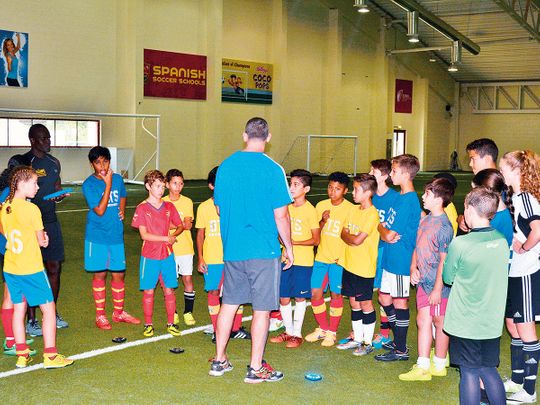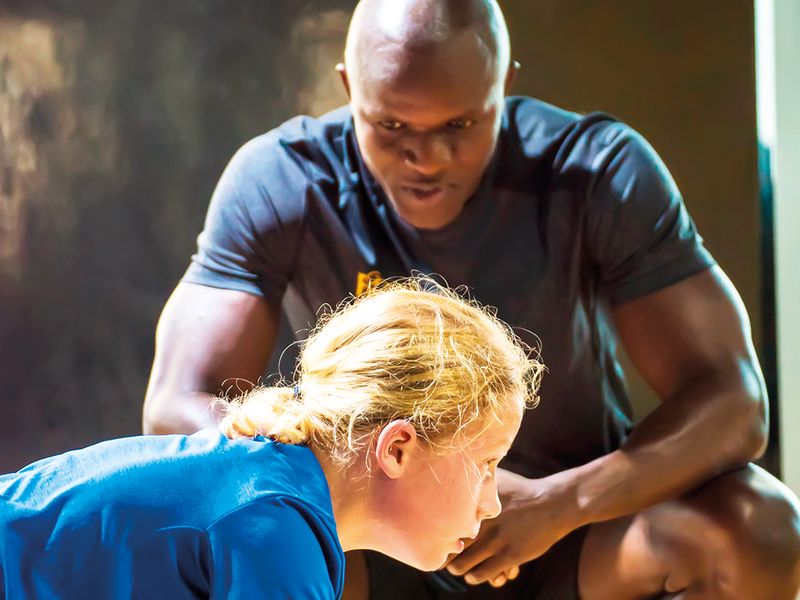
Does your child hate sports, or get more excited about video games? Or feels too conscious to keep up with other children? Whatever the reason, it can be tough to motivate a child to exercise when he/she just isn’t interested. However, that shouldn’t mean they have to be glued to the screen.

“Motivating many kids and young people to take up and continue exercise is a challenge, and one that needs to be supported by the whole family,” says Danil Bornventure, Managing Director, FittHPC. “Parents are the most important role models and it’s important that fitness coaches work with parents as well as kids to agree and set goals with easy targets along the way.”
Turn to a coach
If your child’s weight is really a serious concern, a personal trainer can be a great way for an overweight child to get some immediate results and reinforce the benefits of fitness. A trainer can be particularly helpful in case your child
doesn’t like organised sports, is self-conscious or has some health issues that need supervised exercise sessions. “It’s vital that a coach is encouraging and gives feedback, just as they would with adult clients,” says Bornventure.
Coaches should use games and contests to make the sessions more interesting and also create excitement. Vary workouts — variety is important to keep children’s attention. “It’s very important to give kids some choices in what they do; such as letting them choose the order of the workouts, give them the option between two different exercises or letting them choose the music,” says Bornventure. “This will increase their enjoyment and engagement.”
Tread with caution
Health experts recommend that children get at least 60 minutes of exercise a day. But if your child isn’t too active now, they will need to build up to that goal.
“Walking, riding a bike, swimming or calisthenics such as press-ups, sit-ups, crunches or walking stairs are good examples,” explains Bornventure. “Set up a programme that can be done at home as well as in the gym.”
Childhood obesity is usually the result of a sedentary lifestyle, as well as an unhealthy diet, so it’s important to start with a tailored exercise pace that resembles a challenging walk, rather than a run. “Keep in mind that exercises should not put constant weight or repeated impact on an overweight child’s legs, feet and hips, to prevent injury or pain,” says Bornventure. It’s important to add strength, flexibility and endurance exercises to each workout.”












